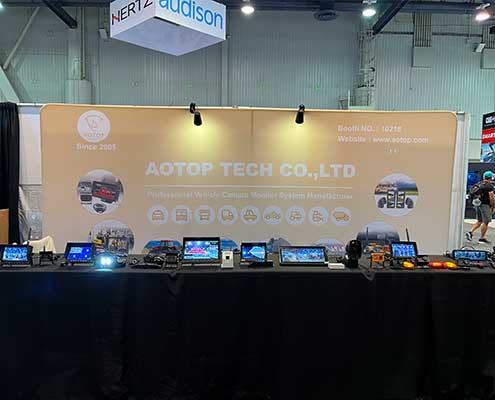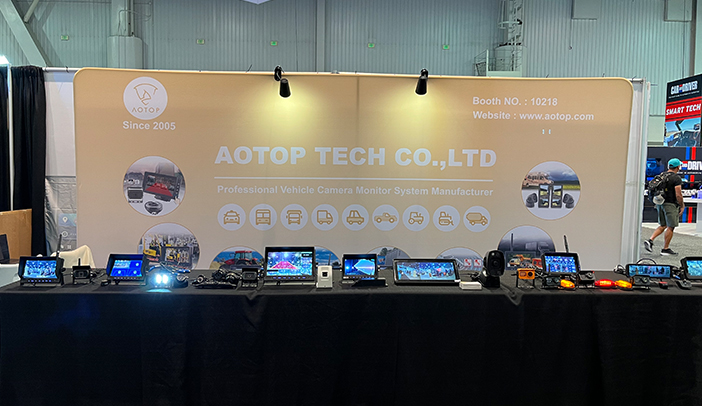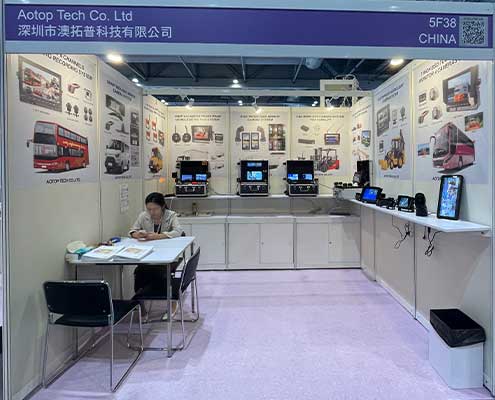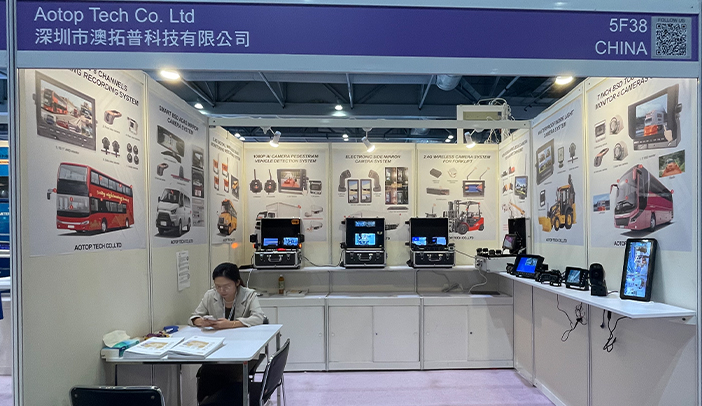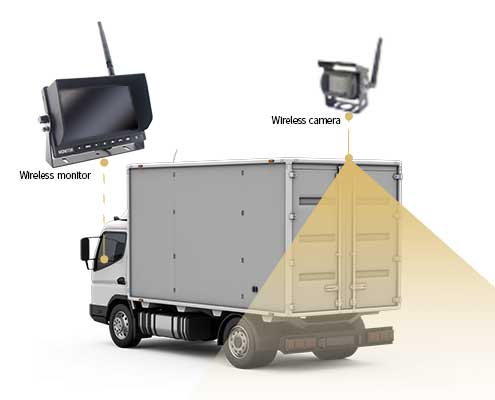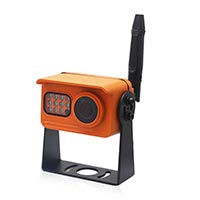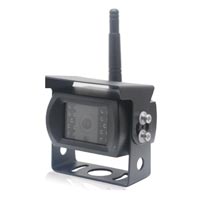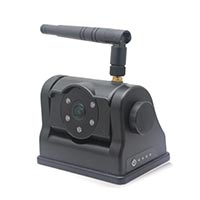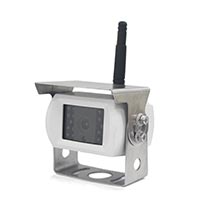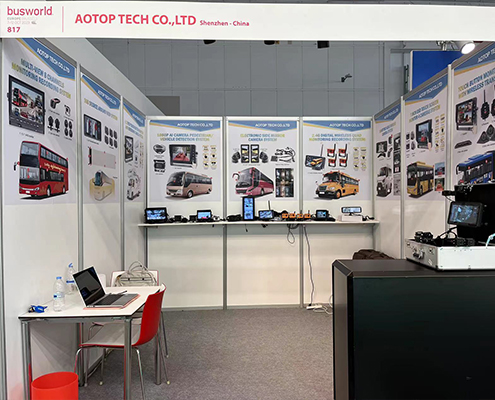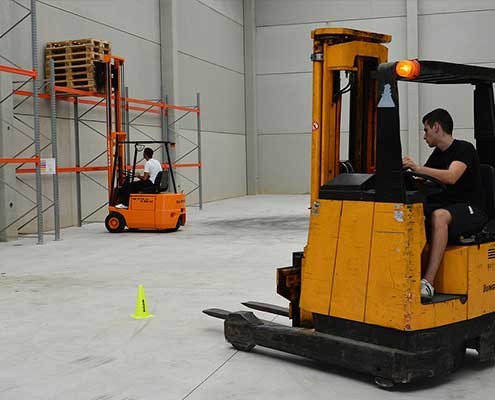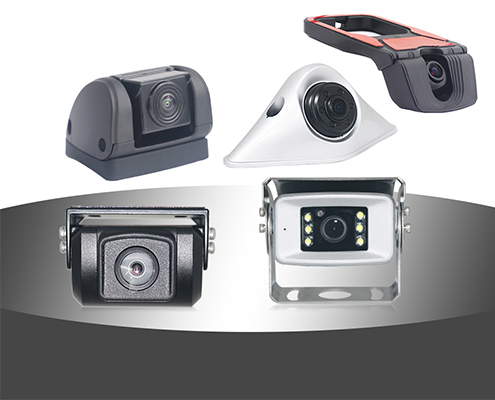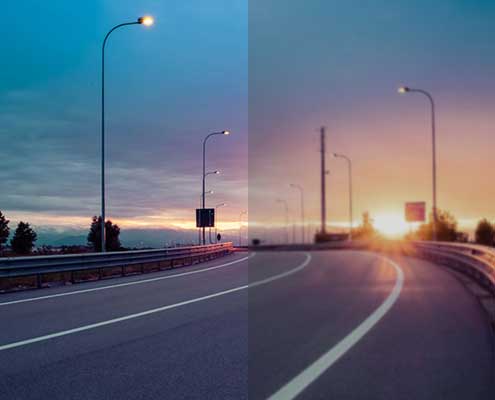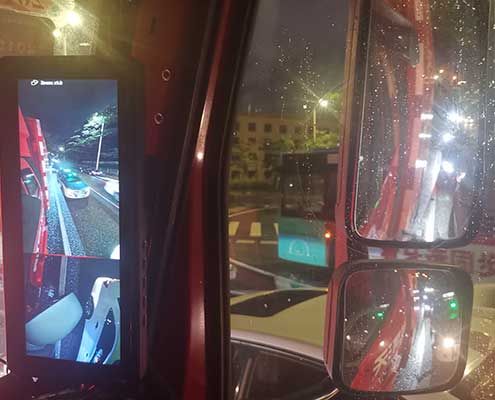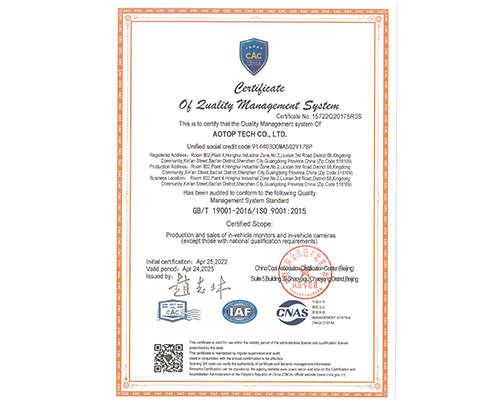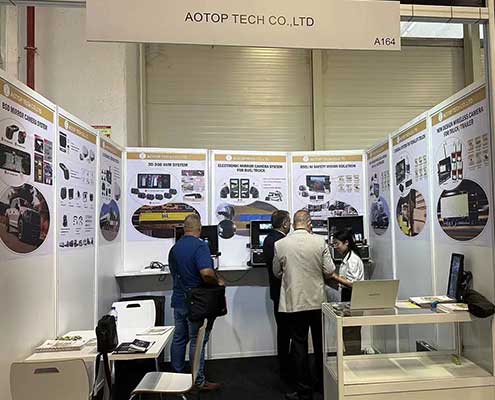Aotop SEMA Show
Show Date: October 31 – November 3, 2023
Booth Number: 10218
Exhibition Location: Las Vegas Convention Center
SEMA show is an annual event for the U.S. automotive industry, focusing on the field of automotive tuning and innovation. As one of the leaders in the truck camera monitor industry, we will be participating in this globally focused show. SEMA is the ideal platform for us to showcase our latest technologies and innovations, attracting automotive innovators and tuning professionals from around the world. Participating in SEMA will allow us to gain insight into market trends, expand our business network, and increase brand awareness within the industry. This is a key step in connecting with future business opportunities. We look forward to witnessing the new era of truck camera displays with you.
Our ( ) team will bring the newly developed AI camera monitor system and BSD blind spot detection system products to the exhibition, as well as displaying other anticipated products, including a series of large vehicle visualization and safety solutions, such as wireless reversing camera system for trucks, 12.3-inch electronic side view mirror system for trucks, and omni-directional wireless camera monitor system for caravans.
We sincerely invite you to visit our booth to get our latest product catalogue and discuss the latest trends and technological innovations in the industry. We look forward to having in-depth communication with you at the exhibition and sharing the latest development on vehicle safety technology. This is an opportunity not to be missed, let’s work together to create a safer and smarter car future. Thank you for your continuous attention and support!

